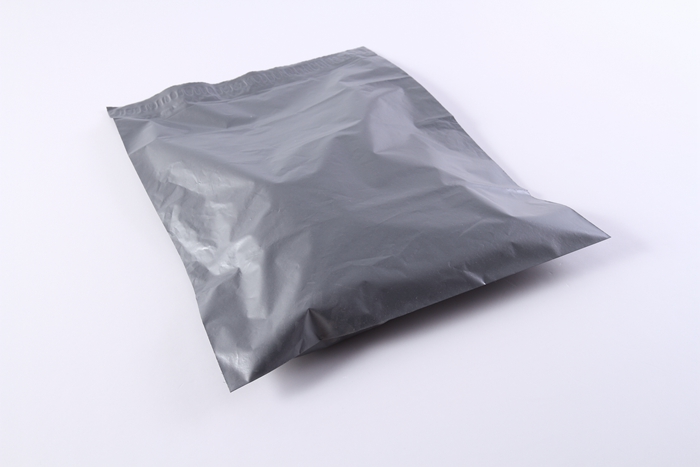What Materials Are in Compostable Mailers?
Compostable mailers are an eco-friendly alternative to traditional packaging materials. They are specifically designed for e-commerce purposes.
Their primary purpose is to provide a sustainable packaging option that can be composted, reducing waste and contributing to a circular economy.
To understand compostable mailers better, it’s essential to know the materials they are composed of.
Compostable mailers are made from bio-based polymers.
Bio-based polymers are innovative materials derived from renewable resources, offering sustainable alternatives to traditional plastics. For compostable mailers, two commonly used bio-based polymers are polylactic acid (PLA) and polybutylene adipate terephthalate (PBAT). Let’s explore these materials in more details.
Polylactic Acid (PLA)
Polylactic acid, also known as PLA, is a biodegradable and compostable polymer derived from renewable resources such as cornstarch or sugarcane. PLA is often used in compostable online satchels due to its environmentally friendly properties.
1) Biodegradability: PLA can break down into natural compounds when exposed to the right conditions, such as an industrial composting facility. This ensures that compostable mailers made from PLA can be transformed into organic matter, contributing to soil fertility.
2) Renewable Resource: PLA is made from plant-based sources, reducing the reliance on fossil fuels and diminishing carbon emissions during its production.
3) Versatility: PLA can be processed into various forms, making it suitable for different types of compostable mailing satchels and other eco-friendly packaging solutions.
Polybutylene Adipate Terephthalate (PBAT)
Polybutylene adipate terephthalate, commonly referred to as PBAT, is another bio-based polymer used in compostable mailers and related products. PBAT is often combined with other materials to enhance specific characteristics.
1) Biodegradability: PBAT is biodegradable and can undergo decomposition under proper composting conditions, contributing to the circular economy.
2) Flexible and Durable: PBAT provides flexibility and durability to compostable mailers, ensuring they can withstand the rigors of transportation and protect the contents.
3) Compatibility: PBAT can be easily combined with other materials, such as PLA, to create a blend that offers improved properties, such as moisture resistance and tear strength.
Both PLA and PBAT offer significant advantages for compostable mailers. By utilizing these bio-based polymers, e-commerce businesses can provide sustainable packaging solutions that reduce waste, carbon emissions, and environmental impact while maintaining the necessary functionality and protection for shipping products.
Author's Remarks:
Hello, this is Patricia, the author of this article.
I have been in e-commerce and retail packaging industry for around 10 years. So I would like to share
what I know to you from a supplier's perspective.
Should you any questions or need this article in PDF file, pls donot hesitate to email us at hello@zkkpackaging.com.
 ZKK China Company Limited
ZKK China Company Limited


